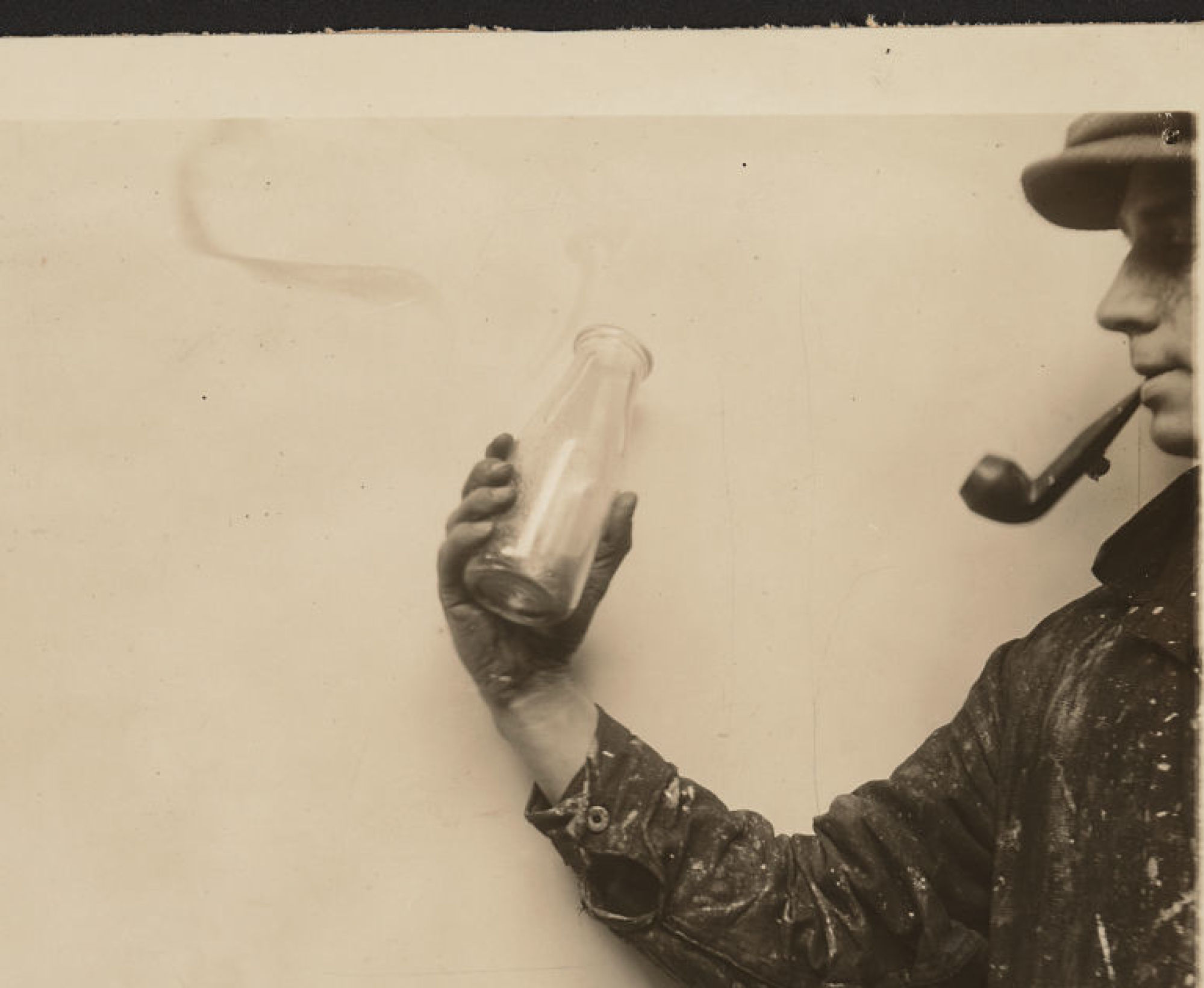
Toronto and the Milk Man
Toronto businesses have done a turn-around during the COVID-19 closures: breweries deliver and do curbside pick-ups; florists deliver plants to intense demand; grocery stores drop off vegetables, produce … and milk.
Contents
This article is part of a new series, Heritage at Home (April to June 2020). We’ll share poignant stories that provide historical context to some of our current challenges, and also playful tales meant to entertain and chase away any confinement blues (at least temporarily).
We’d love to hear your feedback. Contact us.
By Kristen McLaughlin, May 12, 2020
Delivery Today
These days, the only bit of fresh air you might get during the day is stepping outside to see what has been delivered to your house.
What will be waiting at your feet? Maybe it’s the books you ordered from the store a few blocks away. Or maybe it’s your (rather large) crate of beer you ordered to be dropped off yesterday.
You might feel a warm glow in your chest when you see these items sitting outside the door. Hand-written notes on the items: “Thank you for supporting us!” You feel gallant. Chivalrous. You are supporting local businesses that are struggling with the pandemic.
City Dairy Company driver and wagon, 1900. Image: City of Toronto Archives
A New Phenomenon?
Local deliveries create a concept of community different than that of Amazon or FedEx.
Younger people are jumping in and taking part. Companies are tagged on Instagram stories featuring deliveries, which the companies then share themselves. It is a new business strategy, a new social media phenomenon. Spend that CERB money on a bouquet of local flowers. On a board game. And then feel like a part of your community, or maybe any community, really, because was there one before all this started?
Many businesses advertise their local neighbourhood as where they are willing to deliver without extra fees. People will feel a local connection to that brewery/restaurant/pet store. They want to take part in something, anything, that is not just the three rooms of their small apartment.
This recent phenomenon—which many of us have taken part in—made me wonder about the local delivery business. It seems new, it feels shiny, convenient, safe. Starting slowly with perhaps pizza delivery or UberEats, it has become the easiest way for businesses to function through COVID-19 closures. But is it really a new concept?
Rogers Dairy Pure Milk, outdoor advertisement, 1931-1935. Image: City of Toronto Archives
The Delivery of Milk
Looking back, one of the most obvious and earliest delivery systems (aside from mail) was that of the milk man.
The milk man (despite my attempts, I could not find milk women) was the original local delivery business, serving a community. Knowing their customers. Learning their habits. Leaving notes. Smiling. Chatting. People still remember the milk delivery; the clink of glass milk bottles in the early morning sunrise and the creak of a horse-drawn cart or maybe the hum of the refrigerated delivery vehicle.
Delivery was common starting in the mid-1800s and into the first half of the 20th century. Milk and other goods like eggs, meat, and bread were delivered in the early morning by horse-drawn carriage around Toronto, which were used up until the 1950s in places like Toronto and in Britain and the USA. Milk men often worked for local dairies, which have since evolved into many of the convenience stores we see today on Toronto’s streets. Some companies implemented the first electric delivery vehicles starting in 1889, which often replaced horses. However, the trucks were slow and had trouble in the cold, often getting stuck going uphill. Only a small oil stove kept the milk men warm. More modern gas trucks soon followed.
Sometimes customers would leave gifts for the milk men such as, cards, cigarettes, or chocolates. This reminded me a of a video I saw a month ago of a woman who left a tower of toilet paper outside her door for any delivery person who needed it. Some things don’t really change; they just appear in a different form.
Milk truck on Triller Avenue in Toronto, 1965. Image: City of Toronto Archives
The End of the Milk Man
The end of the milk man’s way of life was not glorious. Many milk men were elderly when the trade ended in Toronto.
Easier access to milk in corner stores, more transportable packaging, and no delivery taxes were signs of the beginning of the end for milk delivery. The growing number of cars and drivers impatient with slow-moving milk delivery horses made for messy traffic collisions and complaints. For decades, delivery had been a main mode of business. And quite abruptly, with different technologies, an entire way of life ended, with only small pensions and warm memories for the milk men.
Oakland Dairy delivery wagon and truck, 1928. Image: City of Toronto Archives
Or Did It…?
What about this new wave of local deliveries that has been borne out of necessity from COVID-19?
After we get through this, will they, too, stop? Or will they have grown and evolved to be a major part of the local business model? Will people still feel a part of that local community they helped to create during the pandemic, or will it also disappear abruptly?
Who would have expected that during a time when we must all self-isolate and stay inside, we could use something like deliveries to create and feel a part of something bigger? Only the future can say if, this time, these deliveries remain a staple of Toronto.
